Data Viz Solves a Contradiction
/The takeaway of this post is that good data visualization or data viz for short helps bridge the contradiction of fast impulsive thinking and slow deliberate rational thinking. It allows us to harness the power of data and rational thought in a fast-thinking manner. Up and to the right has a meaning. Red has a meaning. Line charts have a meaning. If using these and other data viz artifacts well then we possibly solve or at least reduce the thinking fast and slow contradiction as respects incorporating data into decisions.
Now if you have a little time here is a little more context…
One field that fascinates me is behavioral science. I think it is vital for both data and product people to understand and utilize. For those unfamiliar with behavioral science it is defined as “a branch of science (such as psychology, sociology, or anthropology) that deals primarily with human action and often seeks to generalize about human behavior in society” by Merriam Webster. There are other terms people use when referencing this area like behavioral economics, behavioral finance, applied economics, and others but if not the same they are close cousins.
The reason why I am bringing up behavioral science is because there is a segment of behavioral science which Daniel Kahneman, PhD, won the Noble Price in 2002 for the research where he applied psychological insights to economic theory in the area of judgment and decision-making and uncertainty and had done in tandem with the late Amos Tversky, PhD. Later he wrote the book around this research and its findings called Thinking Fast and Slow.
This is a lot of lead up but if you got this far great. A concept identified in Kahneman and Tversky’s research was around fast natured thinking representing people’s thought and decisions that are instinctual, gut-based, or in-the-moment and it is identified as System-1 Thinking. On the other hand, there is slow thinking which represents people’s thought and decisions that are rational, deliberate, and thoughtful and it is identified as System-2 Thinking. The premise is that each of these are valuable and play a role. Obviously if a lion is chasing us, we want System-1 Thinking but same is true if a car pulls out in front of us. We also we want System-2 Thinking when we want to identify shelter or where to drink in our past but same is true nowadays when we make career, financial, and family many family decisions. The point is these are both valuable and needed. Stress that every person should read Thinking Fast and Slow or at least read a more extensive summary of the research and outcomes than described here.
Reason why I am bringing up behavioral science and then this concept of fast and slow thinking is as data people we often use data visualization to help with our messaging and relaying information to others. The beauty of data visualization or data viz is that it is something that can solve the contradiction of opposing forces as my friend David Quimby would say. I think that data viz can do just this allowing fast thinking using with deliberate data information input.
Data viz allows us to help end users that may be prone to fast or instinctual to harness the power of data to leverage data in the decision process. However, one important part of this is using data viz in a way that is both using best practices, well understood concept, and done in a way that shows the data in an ethical manner.
Recently I led a data viz and storytelling workshop where someone that worked in data for a large healthcare provider attended. In our discussions she indicated that her organization decided that red could no longer be used in any charts, graphs or reports. The healthcare provider believed that using red led doctors to getting tunnel vision given that doctors are so focused on fixing problems once identified that everything else displayed would be ignored. This is a very astute position for her organization.
Of course we ideally do not want people to make fast or gut-based decisions when data is available and there is even a little time to decipher information. But, to press against or even augment these fast or instinctual decisions then harnessing good data viz is a manner to do so.
Learn more about behavioral science:
Podcasts: Hidden Brain, Freakonomics, and Behavioral Grooves
Blogs: Dan Ariely’s blog, BehavioralEconomics.com, and INudgeYou.com
Books: Freakonomics, Predictably Irrational, and Nudge


